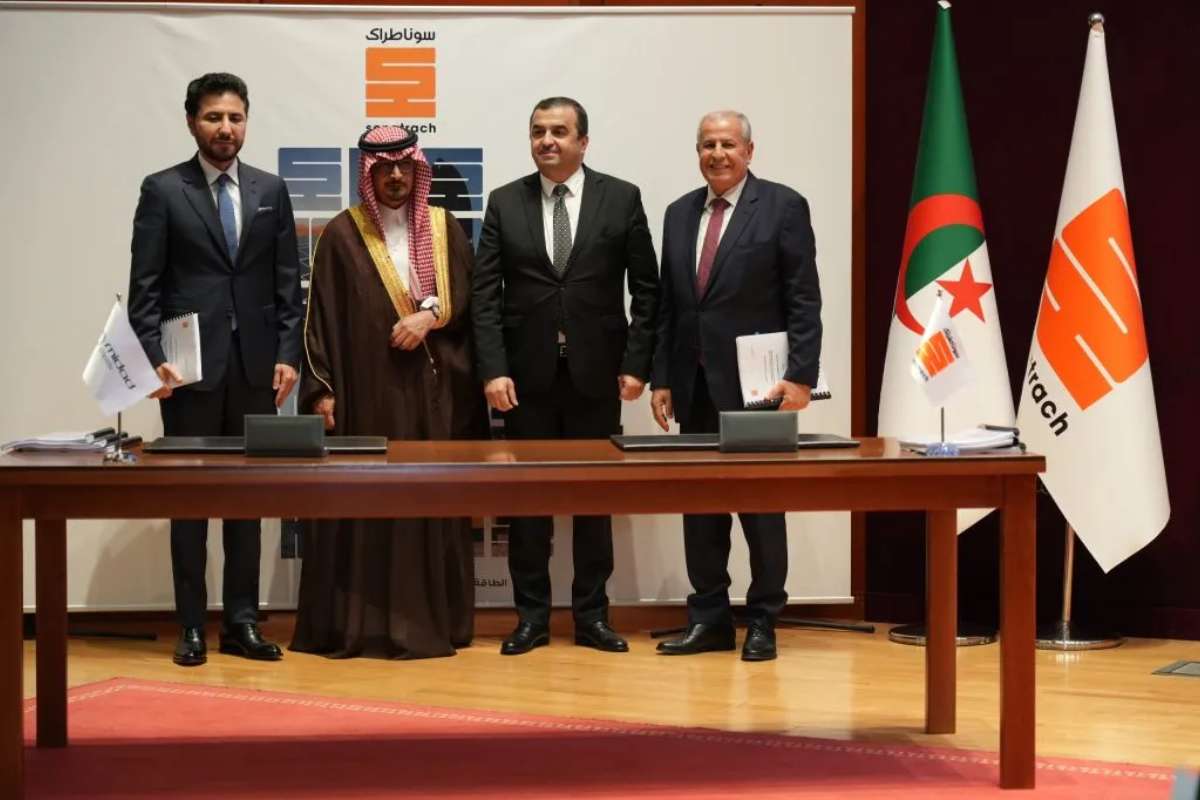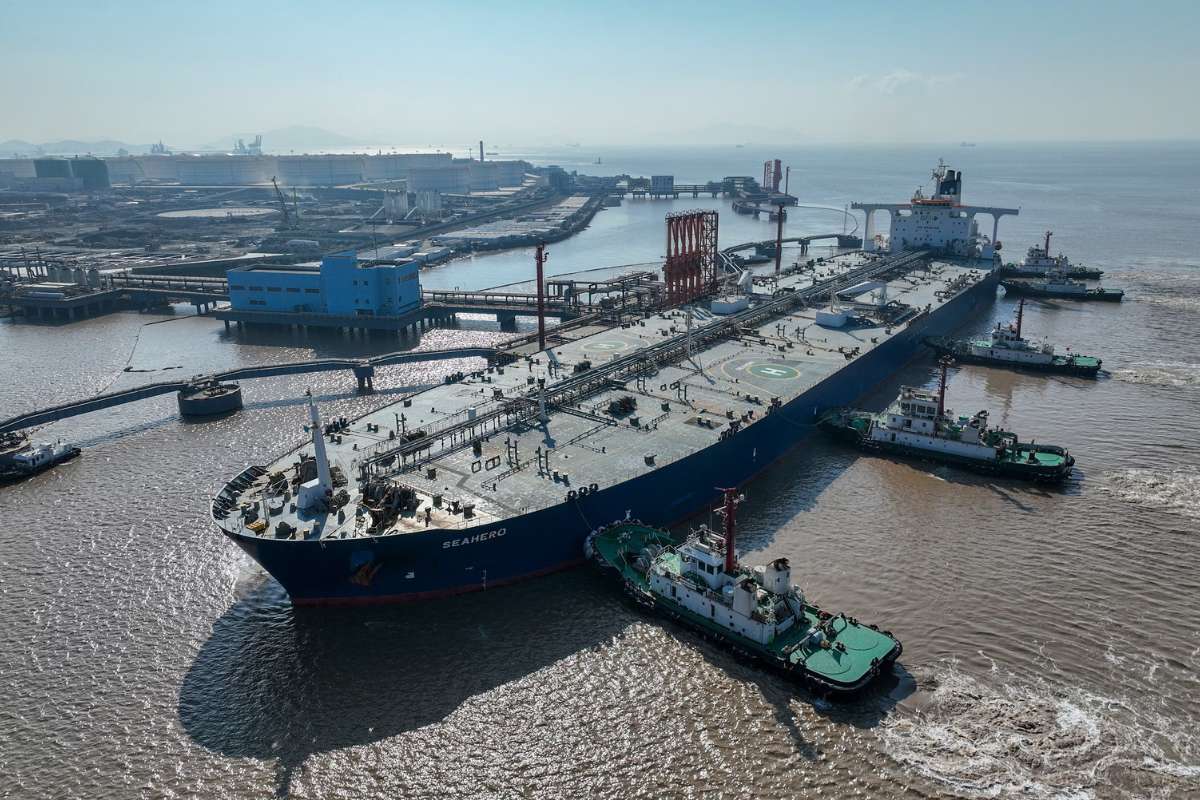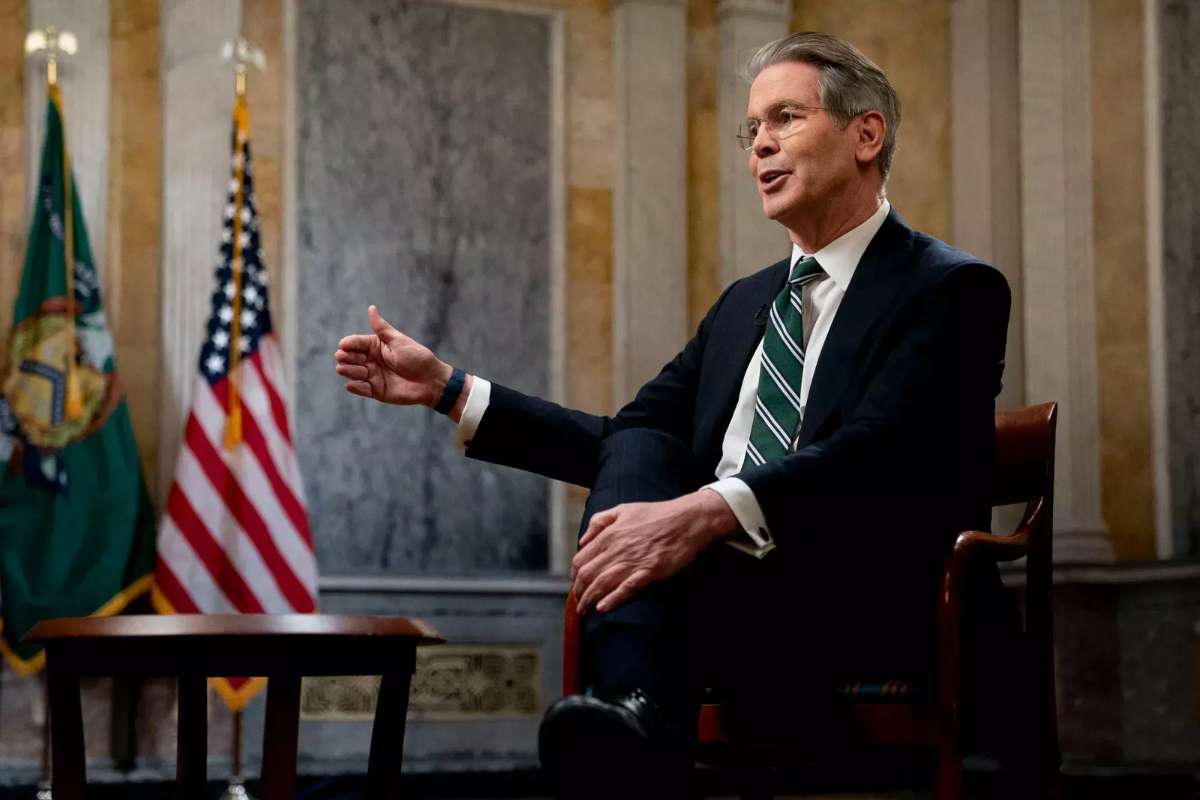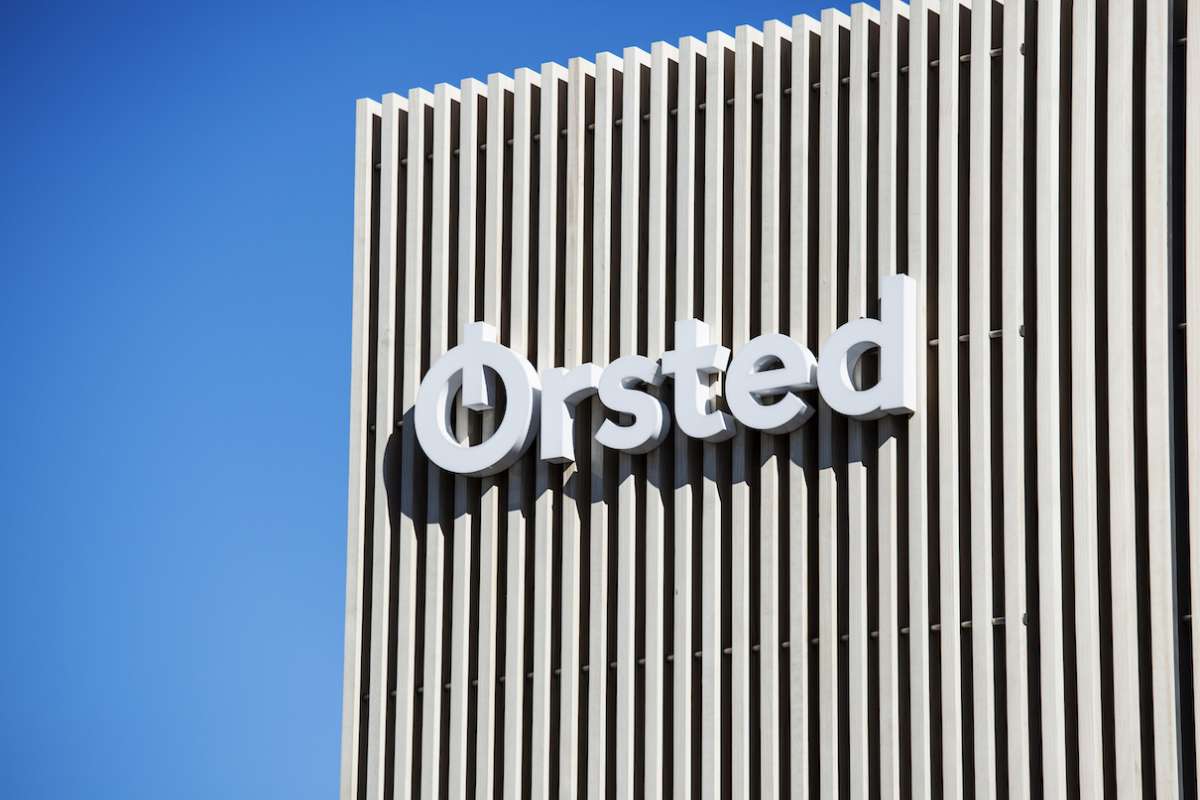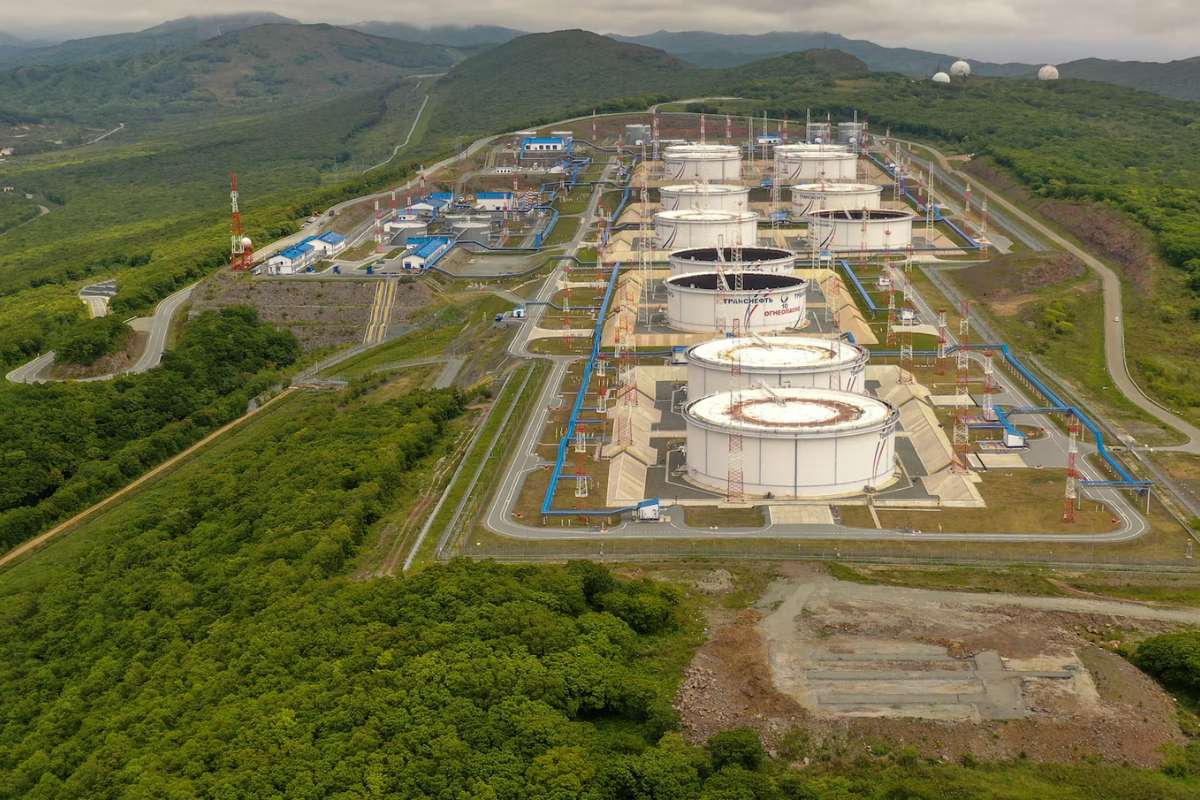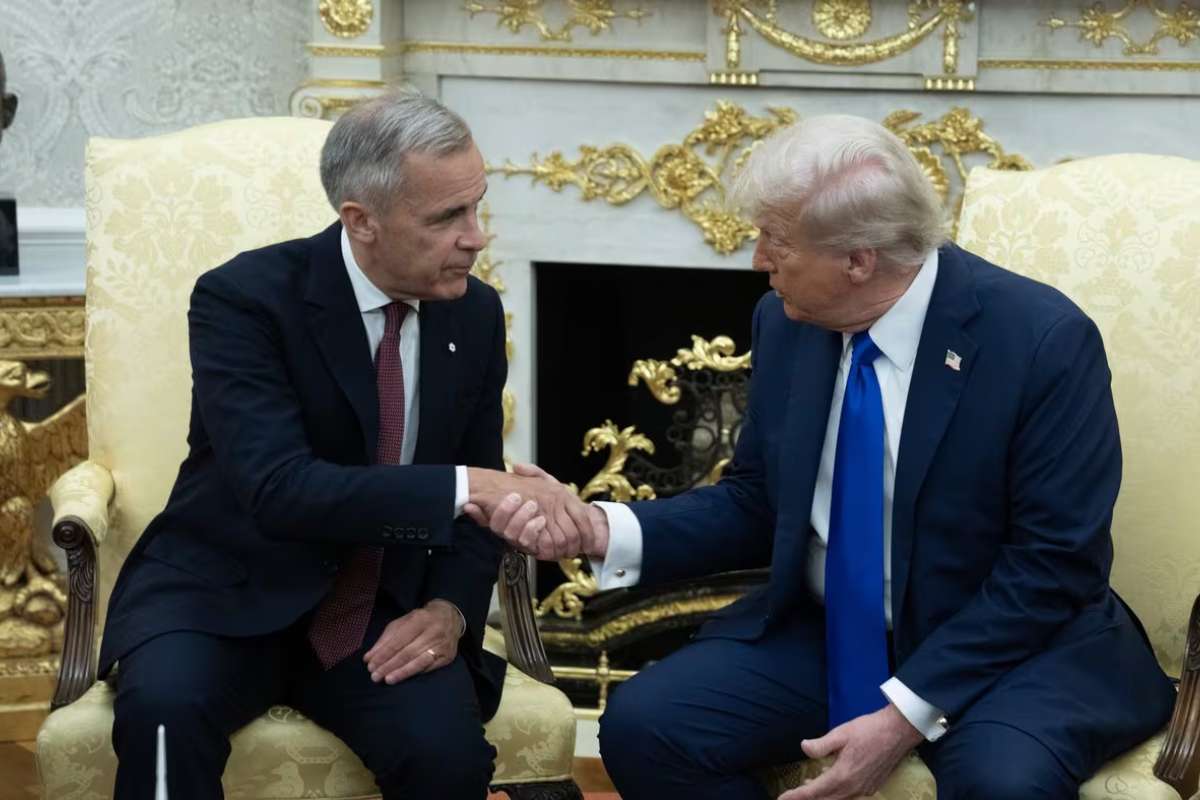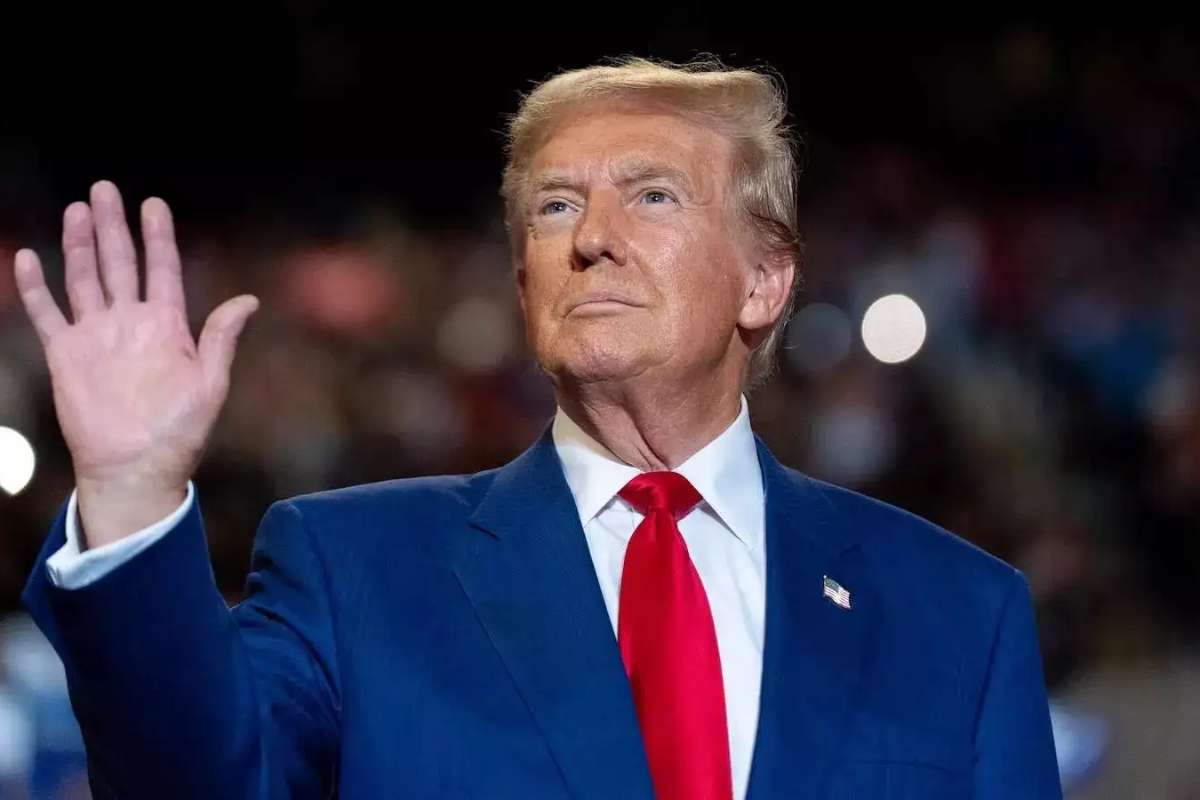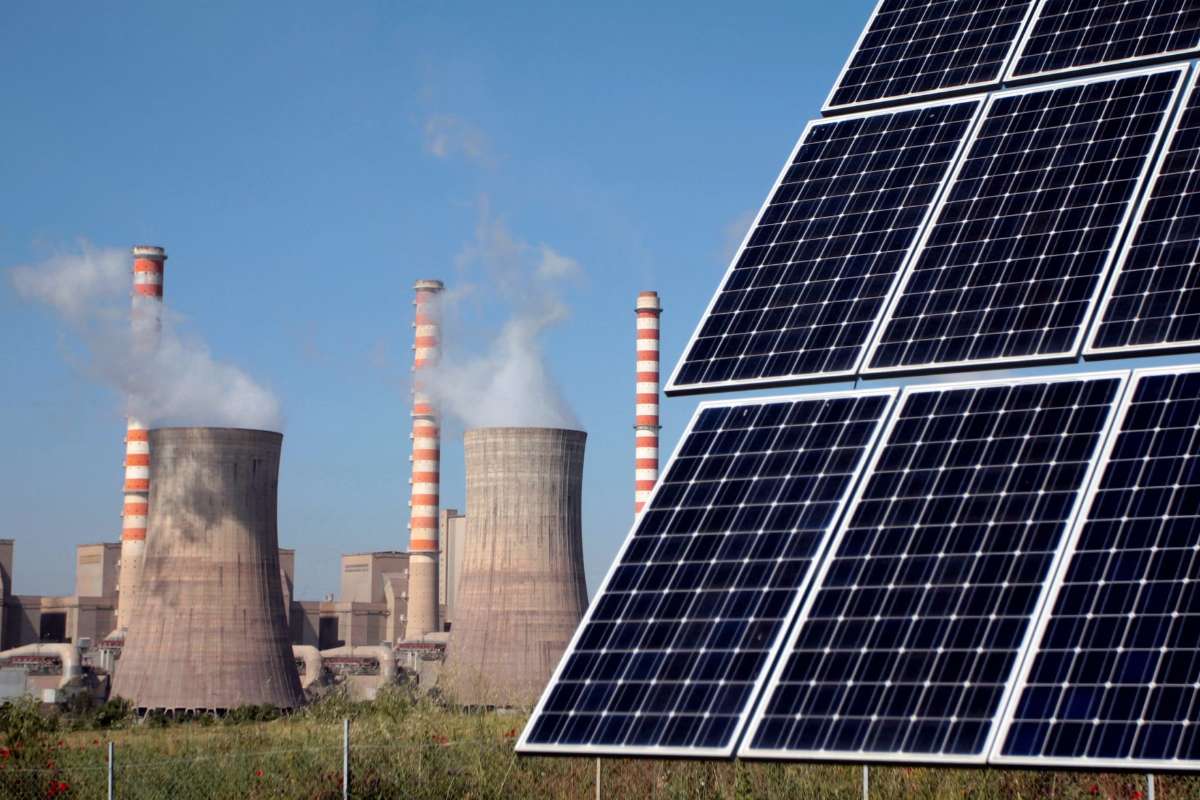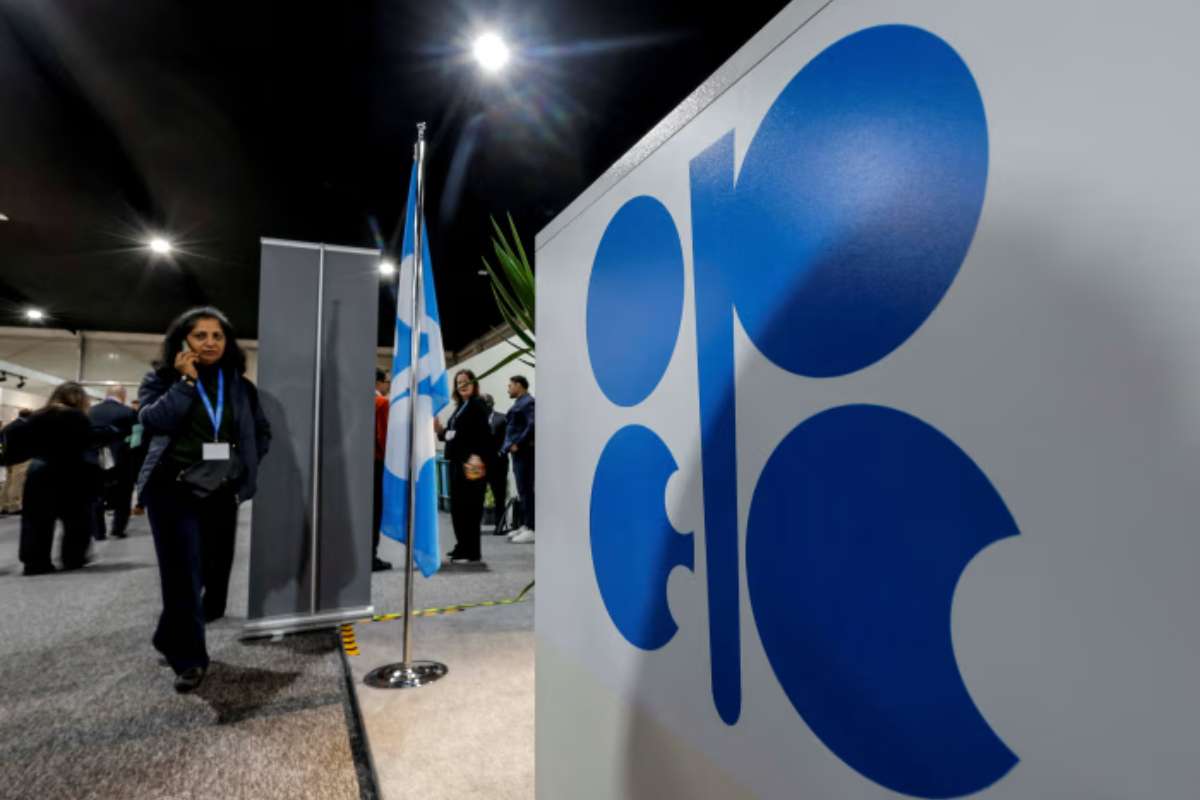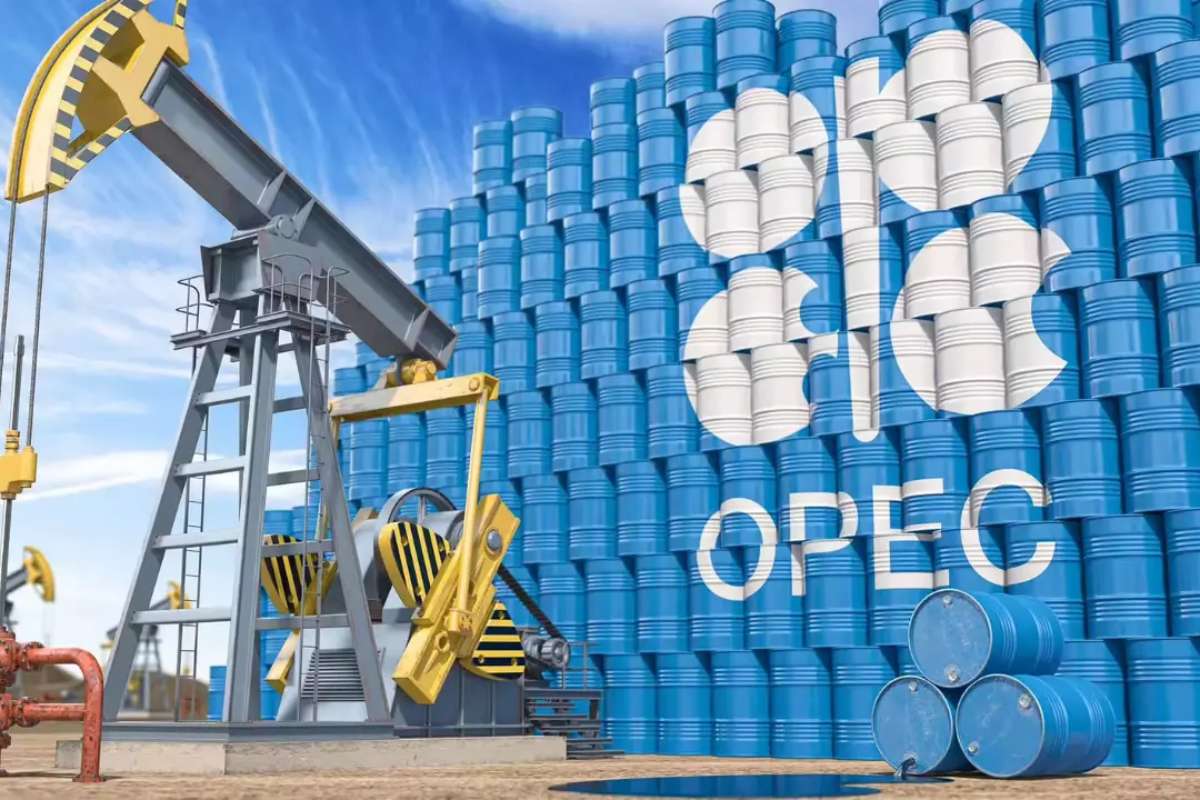The start of President Donald Trump’s second term has brought a sharp drop in federal enforcement actions concerning oil and gas pipeline safety. According to data from the Pipeline and Hazardous Materials Safety Administration (PHMSA), only 40 enforcement cases were opened between January 20 and June 30, 2025—a record low for any presidential term in the past two decades. This figure represents a 68% decrease from the same period during Trump’s first term and is substantially lower than under previous administrations.
This drop signals a broader shift in the White House’s regulatory approach. With deregulation as a cornerstone of Trump’s energy agenda, federal agencies like PHMSA appear to be scaling back oversight in favor of a more industry-friendly posture. Critics warn that this may come at the expense of public and environmental safety.
Contextualizing the Decline in Oversight
Historically, pipeline safety enforcement has functioned as a vital check on energy infrastructure, ensuring compliance with operational standards and preventing catastrophic failures. In early 2021, PHMSA launched over 125 enforcement cases in the same post-inaugural period—more than triple the current count.
Legal and environmental experts attribute the decline not to an improvement in industry performance, but to a policy decision to ease federal intervention. While the pipeline sector remains subject to PHMSA regulations, fewer inspections and penalties may allow unsafe practices to go unnoticed or unpunished.
Proponents of deregulation argue that this lighter touch enables faster permitting, fewer bureaucratic delays, and greater economic efficiency for energy companies. However, opponents contend that diminished oversight raises the potential for oil and gas pipeline malfunctions, spills, and long-term environmental harm, risks that may not become visible until it’s too late.
The Broader Implications for Energy and Safety
The decline in enforcement cases raises critical questions about the future of pipeline safety in the U.S. Industry insiders acknowledge that while enforcement numbers are lower, the responsibility to operate safely still exists. Yet, without routine checks and a strong regulatory presence, that responsibility becomes harder to enforce.
Past incidents, such as gas explosions and hazardous leaks, underscore the need for robust oversight. Even in the absence of immediate crises, experts stress that proactive regulation helps prevent disasters before they happen. With fewer compliance reviews now taking place, the burden of safety may increasingly fall on companies, some of which may be tempted to cut corners in the absence of scrutiny.
Ultimately, this shift marks a turning point in how the U.S. balances energy development with public safety. Whether the reduction in enforcement leads to greater efficiency or higher risk remains to be se, n—but for now, it’s clear that oil and gas pipeline regulation under Trump’s second term has entered a new and markedly quieter chapter.
Explore More News In Our Oil Gas Energy Magazine
Sources:
